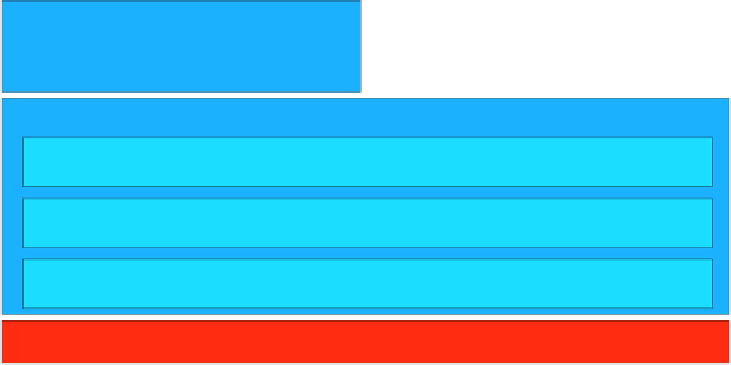Information Technology Reference
In-Depth Information
{
Robustness in overload situations.
Basically, these properties had already been investigated by the GSPN sim-
ulations. However, the criticality of the FTC throughput properties required to
re-validate these aspects with dynamic testing, since simulation models are gen-
erally based on some simplifying assumptions about the behaviour of hardware
components, schedulers and processes.
A specic problem had to be solved in the test conguration development:
The FTC has been designed as a fault-tolerant multi-purpose system, where
dierent application layers may be installed on top of the ASS layer. As a con-
sequence, no specic application software was available, and a
test application
software layer (TASL)
had to be developed such that successful execution of tests
using the TASL implies that the FTC will also run properly with any concrete
application layer.
4.2
The RT-Tester Tool
For FTC tests, the
tool developed by JP Software-Consulting (now
Veried Systems International GmbH) in cooperation with the TZI-BISS at Bre-
men University was used.
RT-Tester
has been designed to perform automated
hardware-in-the-loop tests for embedded real-time systems or software tests on
process and thread level. The
RT-Tester
RT-Tester
functional components are shown in
Figure 3.
TEST MANAGEMENT FRONT-ENDS
www-based interface for integrated (remote) access of RT-Tester components
TEST SPECIFICATION SUB-SYSTEM
develop and validate test specifications
in various formalisms
TEST VISUALIZATION SUB-SYSTEM
on-line visualization of test executions
in various presentation techniques
REAL-TIME TEST SUB-SYSTEM
ABSTRACT MACHINE LAYER
Test generation - real-time test execution - on-the-fly test evaluation
COMMUNICATION CONTROL LAYER
Refinement - abstraction - relaying of test data
INTERFACE MODULE LAYER
implements direct interfaces to the System under Test
SYSTEM UNDER TEST
Fig. 3.
RT-Tester functional components.


Search WWH ::

Custom Search